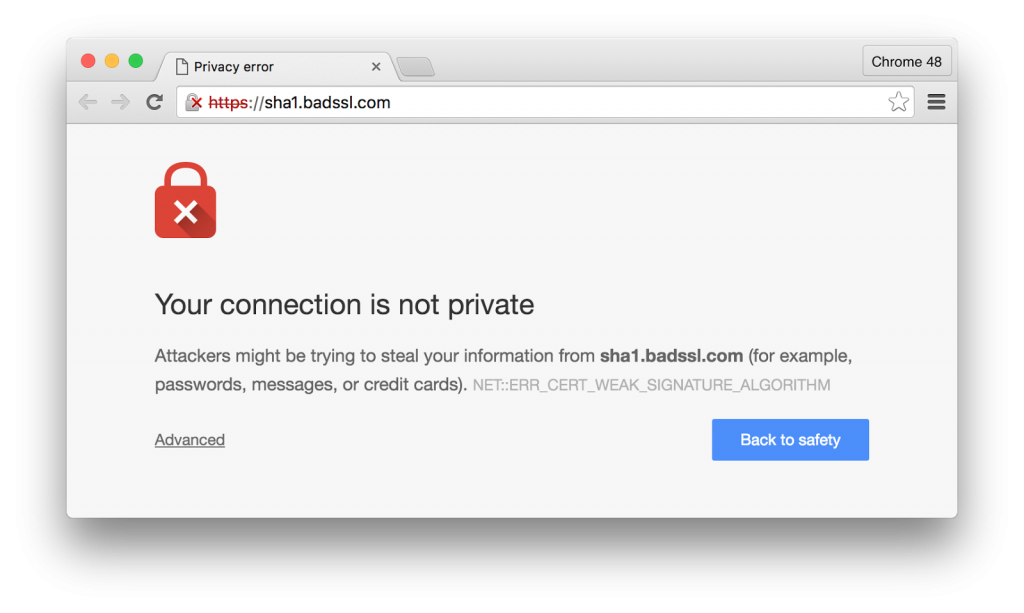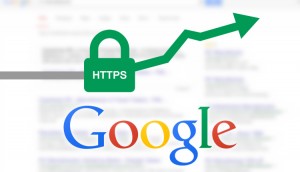Google abandons SHA-1 encryption soon!
Google handles well his security plan on the web and it seems to stick to it. Google waits hardly a week between each announcement of a new measure to increase the security or change an aspect of it. When it is not on its search engine, it is on Chrome, its flagship browser.
Websites and browsers encryptent data exchanged between them. A digital signature is created for each data packet to ensure that these data are not altered when transiting servers to servers.
The SHA-1 type of encryption for security certificates has some weaknesses and recommendation made by security authorities in 2011 was to abandon it on 1st January 2016.
Google will go in that sense, and in the course of January 2016, the release of Chrome 48 will present an error when you browse a Web site only with the SHA-1 encryption type.
The error should look like this:
In addition, on 1 January 2017 it will no longer be an alert to be displayed but an error that will completely block the possibility of visiting the site.
Make sure your web hosting company offers a ready SHA-2 environment for 2016 , such as Internet Cloud Canada which has already made the move since a while! Otherwise, your websites will display errors and of course you will lose the trust of your customers because they will not not buy or look at an insecure website!




